
views
Housing

Russian tortoises should not be housed in a vivarium or a fish tank as these do not provide correct ventilation. They also do not allow the tortoise to have a hot end, nor thermoregulate. The glass on the front of the cage/tank can stress your tortoise out as it cannot pass through. A wardrobe on its back and then supported is much better as it provides good ventilation and the sides are opaque, therefore the tortoise will not get stressed. The indoor enclosure should be at least 6 by 6 feet (1.8 m × 1.8 m). A UVB bulb (12%) can be used, as well as a 100/160 watt bulb. A combi bulb (heat bulb and UVB in one) can be used, which is perfect.
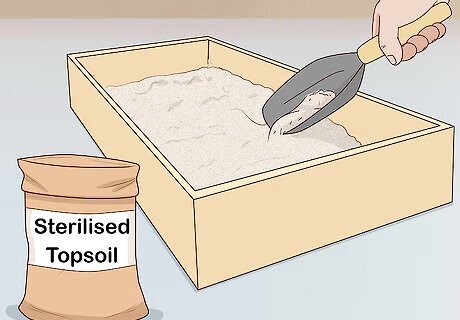
Place a layer of substrate down. A layer of sterilised topsoil is best, nothing else. Make sure the soil is deep enough to allow the tortoise to burrow and correctly thermoregulate. No other substrate is needed. No bedding such as hay, straw, aspen, etc.

Provide hiding places. 1 large plant pot is adequate for the whole enclosure. Make sure that this is placed in the cooler end of your table, as if placed in the warm end it will take up basking space and a tortoise would naturally find cooler places to hide and shelter.
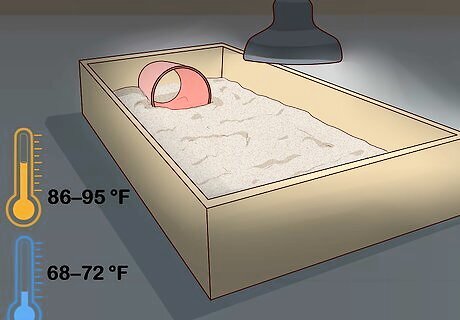
Keep the basking area should be 30–35 °C (86–95 °F). The cool side should be around 20–22 °C (68–72 °F). The temperature everywhere in between doesn't matter as long as you have established the cool and warm sides. You should have a good thermometer on both sides to accurately monitor the temperature.
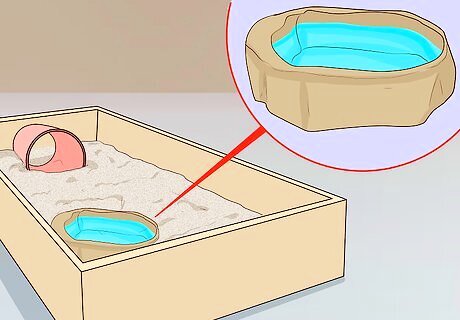
Provide a water dish that is deep enough for a tortoise to safely drink from. It needs to be a good size so that your tortoise can easily get inside of it and drink.
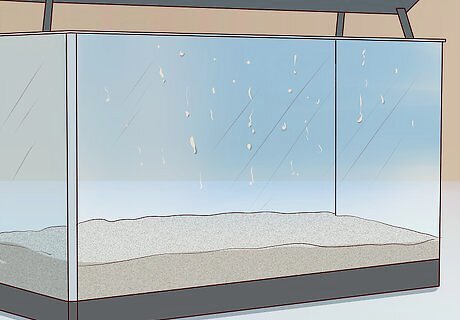
Humidity is not vital for Russian species, despite common belief. People use humid hides for hatchlings. However, this isn't needed whatsoever as if the humidity is too high and it's too damp,it can cause RNS (Runny Nose Syndrome) which can be fatal and kill your new tortoise.
General care of the tortoise
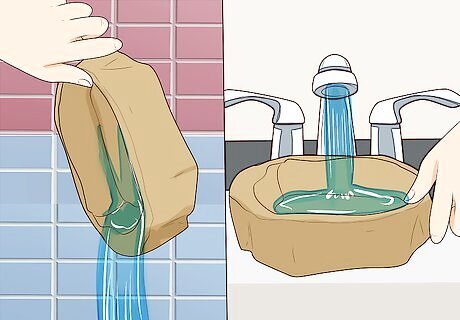
Change the water in the table every day.
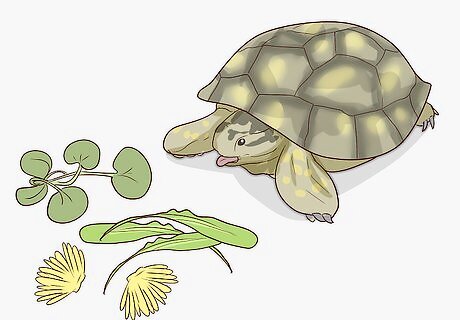
Feed the tortoise safe, edible weeds and flowers only. NO fruit or vegetables should be offered at all. Russian tortoises do not eat fruit or vegetables in the wild and are therefore adapted to purely eat weeds and flowers. Fruits and vegetables can upset gut flora and damage your tortoise in the long run, if the problems do not occur right away. Weeds should be sprinkled with limestone flour and nutrobal. Chalk or cuttlefish bone should be kept in the cage to provide calcium (from quarries etc).

Tortoises should be kept outside in the summer months, if the weather permits. If the temperatures are above 15 °C (59 °F), it's warm enough for the tortoise to be outside. Tortoises should be brought inside if temperatures drop below 11°C. A safe, secure outside enclosure should be built. 6ft x 4ft would be adequate for one tortoise. Make sure no rats, foxes, dogs, cats, birds, etc. can enter, which could potentially kill your tortoise.




















Comments
0 comment